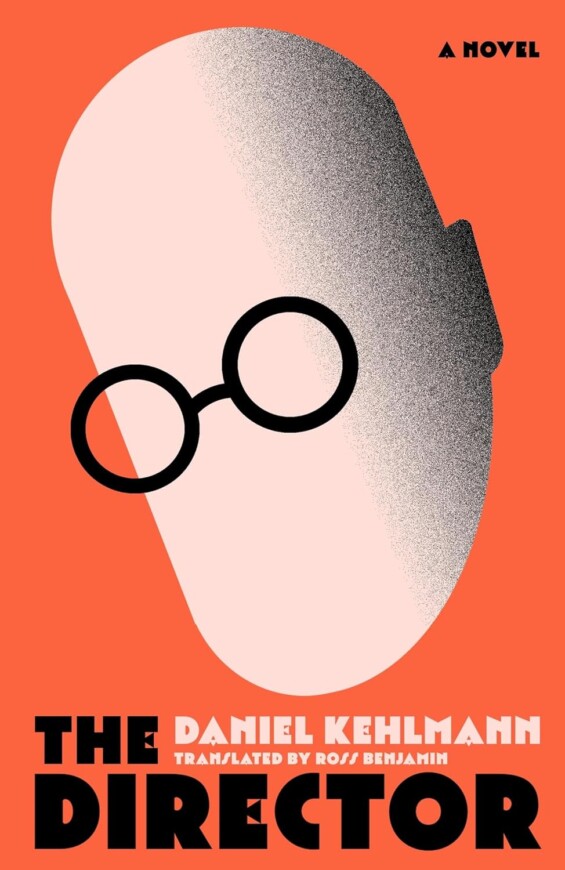“The Director“ by Daniel Kehlmann: A Master from Germany

With his novel "The Director", about a director collaborating with the Nazis, Daniel Kehlmann explores the abyss between art and morality.
Note: This review was first published in German. Find the original here.
Nowadays his name may not be mentioned as often as those of Fritz Lang or Friedrich Wilhelm Murnau, but for many years, director G.W. Pabst was one of the most important figures in Weimar cinema and is credited with discovering Greta Garbo and Louise Brooks. If he is brought up less frequently today, it is due to a mix of unfortunate coincidences and poor decisions. Although author Daniel Kehlmann is well-versed in handling historical subjects, “The Director“ („Lichtspiel“ in the original German) marks his first foray into the topic of National Socialism. His novel addresses a pressing and frequently debated question: Can art be separated from politics and morality? The answer, of course, is no—but fear, naïveté, and simple selfishness can sometimes make one forget that. And this is where Kehlmann begins the story of his protagonist Pabst’s descent into the abyss.
At the start of the novel, Pabst has made the smart decision of having come to Hollywood soon after the Nazi takeover, where he keeps getting mistaken for Lang but at least is granted the opportunity to make movies. However, unable to cope with the rigid U.S. studio system, he returns to France with his wife, Trude, and their son, Jakob. While visiting his purportedly sick mother in Austria, he is devastated to learn that the border has suddenly closed: The Pabst family is trapped. While Trude sinks into despair and Jakob is groomed into becoming a staunch Nazi by the school system, Pabst directs propaganda films for Goebbels alongside Riefenstahl, convincing himself that he can keep his hands clean. And when, towards the end of the war, extras are needed for a crowd scene, he and his crew arrange for help from the nearby concentration camp. After all, the film might end up a masterpiece…
In „Tyll“, each section was its own story, likewise in „The Director“, each chapter is strong and self-contained enough to stand on its own.
Pabst was especially praised for his work with actors and his dynamic editing. Kehlmann similarly proves to be a master of character and structure: As in his previous novel “Tyll“ he shifts perspective with each chapter—first Pabst, then his wife, then his janitor, then Garbo. In “Tyll“, each section stood as a self-contained story; likewise, in „The Director“ every chapter stands strong and complete on its own—without Kehlmann sacrificing the broader arc of his novel.
In key moments, the narrative fragments.
At crucial moments—when Pabst meets Goebbels for the first time, or when his assistant realizes just how far he’s willing to go—the narrative fragments: events unfold in the wrong order or repeat in succession. Here, Kehlmann suggests, even the rules of space and time are suspended, making it all the easier to question principles as well. He renders all of Pabst’s decisions understandable without excusing them – ultimately, this is a novel not primarily about film or history, but simply about guilt. This is made clear especially towards the conclusion of the novel, where Pabst’s wife Trude has the final word. She admits that her husband’s latest film may well be a masterpiece. But: „It’s just that I‘ve had enough of masterpieces.“
